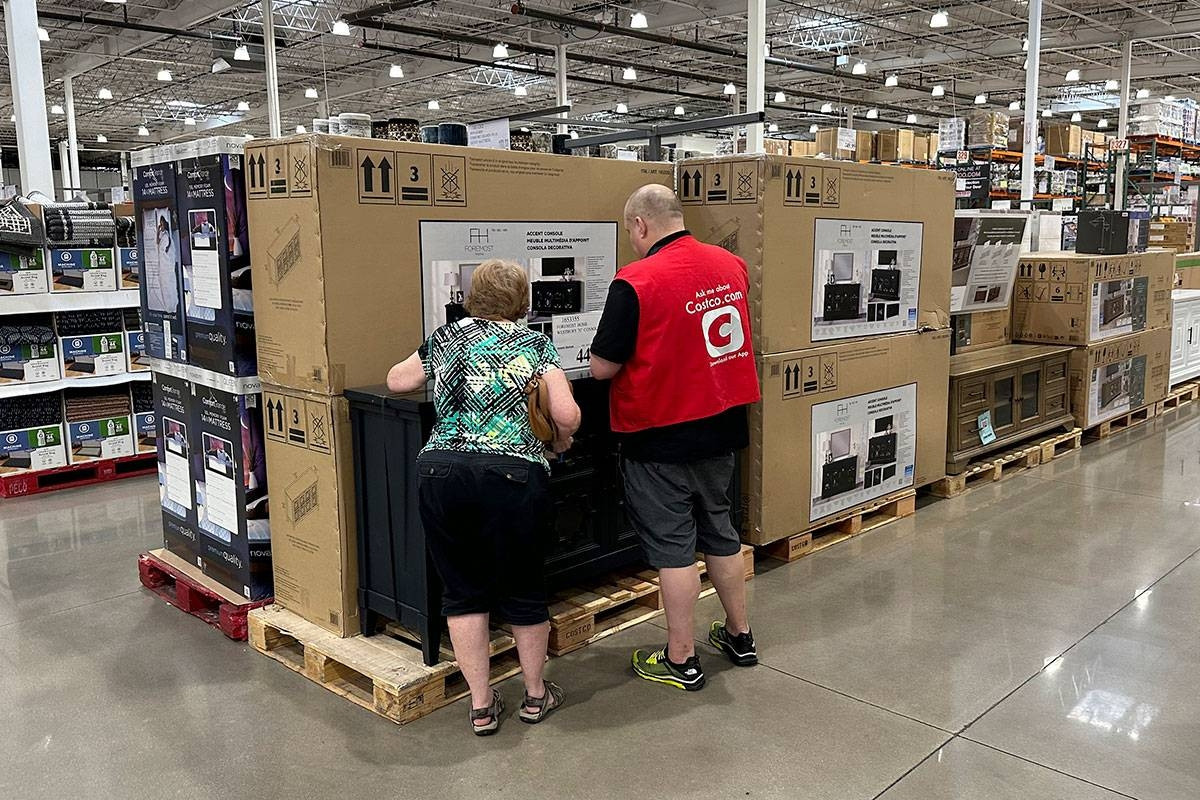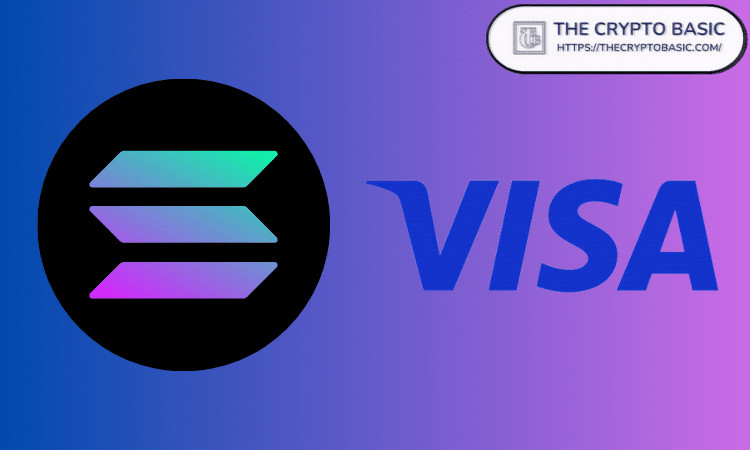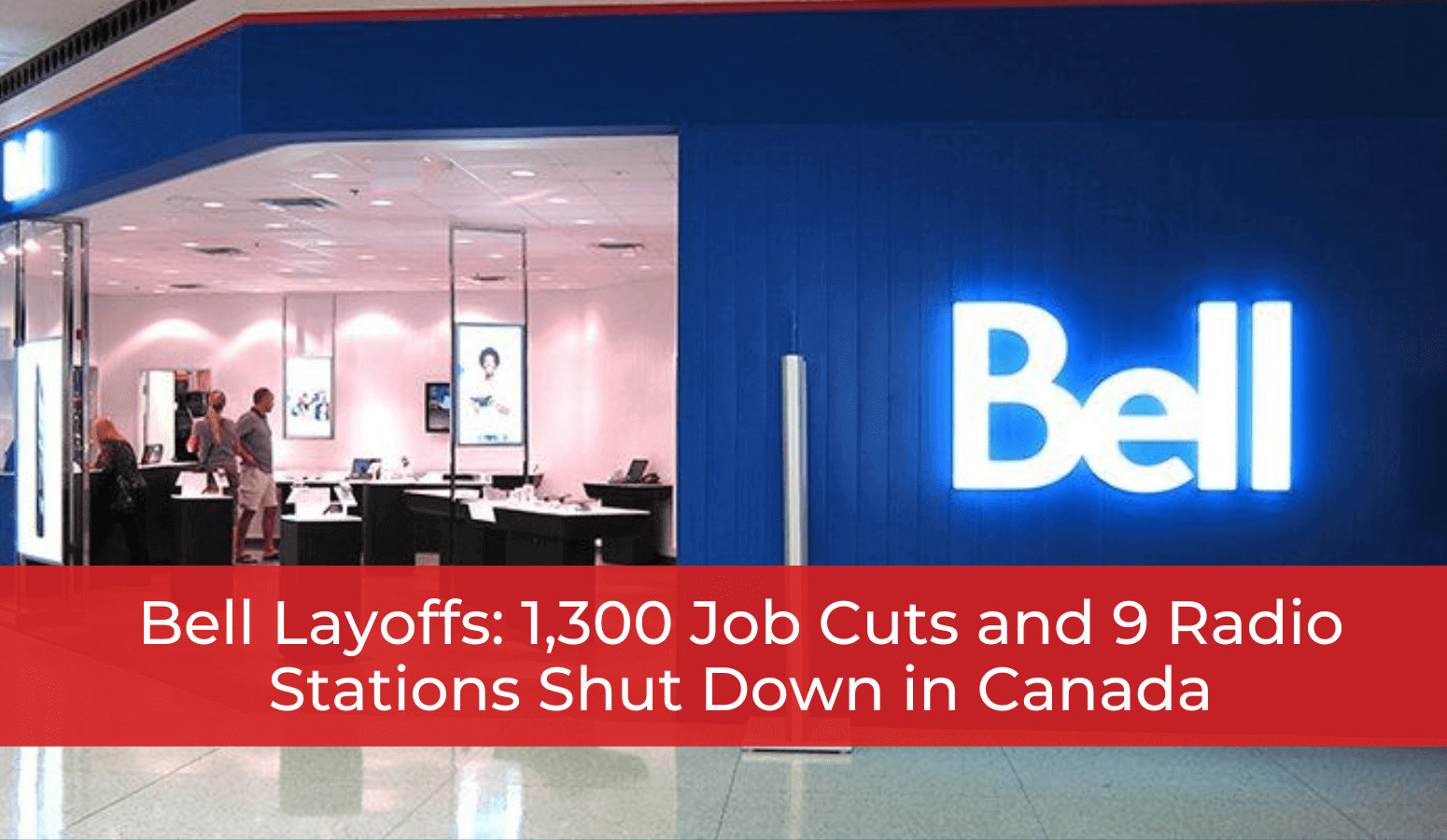About 1 in 4 consumers do not think they have access to high-quality care, and nearly half of them have skipped care in the past year, according to new Deloitte research.1 Many health care consumers have grown accustomed to gaps in their care. In some cases, a month-long wait to see a doctor has become the norm.2 Costs might keep some people from buying a medical device to monitor a chronic condition. Others might forego a prescription drug because they can’t afford it or can’t get to a pharmacy.3
Some innovative life sciences and health care (LSHC) organizations are working to fill these gaps in care through strategic cross-industry collaborations and convergence across different sectors and industries. Incumbent LSHC organizations that are unable to harness the growing wave of consumerism and convergence risk losing market share and margin. As the new national leader for US Life Sciences and Health Care at Deloitte, I want to build bridges that connect incumbent organizations to each other, to outside industries, to communities, and to human beings.
We live in a rapidly changing world that often disrupts traditional ways of thinking. A few years ago, my colleague Neal Batra and I met with a group of physicians and health system executives. As Neal began to talk about the expanding role of empowered health care consumers, he was interrupted by a physician. He did not like his patients being referred to as “consumers.” Back when I was an emergency physician, I would have concurred with that sentiment. Doctors are the experts who tell patients what they need to do to get better. But I have come to understand that people are more than just patients at a hospital. They are more than just enrollees of a health plan. They are more than just users of a medical device or prescription drug. We are all human beings who sometimes need health care services, medical devices, and pharmaceuticals.
Consumers are Catalysts for Change
Consumers appear to be catalyzing change in the life sciences and health care sectors as they look beyond traditional care models and sales channels to meet their needs. About one in four consumers (24%) are willing to switch doctors if virtual visit options are not offered, according to results from Deloitte’s 2024 Survey of US Health Care Consumers (see The growing disconnect between virtual health availability and consumer demand). And nearly all respondents who have tried a virtual visit are willing to have another. Some consumers have turned to compounding pharmacies during drug shortages or to find lower-cost options,4 or have found ways to re-program, re-use, and re-connect certain medical devices to avoid buying new ones or to reduce costs.5 In response, a few pharmaceutical and medical device manufacturers have started to sell products directly to consumers.
Industry Convergence is Key
Across industries, incumbent organizations tend to rely on established business models and processes. But improving those models, or making the processes more efficient, doesn’t tend to move the needle when it comes to changing the consumer experience. Industry disruptions—often driven by fragmentation, friction, and a need for more affordable options—have historically occurred despite existing business models and processes.
Start-ups and organizations from outside of the life sciences and health care sectors are working to fill the gap between consumer preferences and existing products and services. Private equity firms invested about $87 billion in health care start-ups between 2021 and 2024.6 During the same period, consumers spent nearly $550 billion on non-traditional health care products and services, according to a Deloitte analysis of the Global Wellness Institute’s 2022 report.
The market opportunity to fill the gap in consumer needs could drive convergence in 2025. More start-ups could enter the space, and existing organizations might develop new products and services to satisfy changing consumer preferences. Consider this: Virtual health, artificial intelligence (AI), fitness trackers, and wearable devices appear to be driving disruption in the sector, according to the Deloitte 2024 Health Care Consumer Survey. As a result, convergence could become a major trend for life sciences and health care companies in 2025. However, a collaborator or alliance today could become tomorrow’s competition (see Medtech’s digital innovation era).
Women’s Health: A Growth Opportunity
Women’s health is another area where consumers appear to be pushing back against the status quo. I am seeing changes in consumer products as well as in research and development...and the momentum appears to be growing (see Why US women skip or delay health care). Leaders of life sciences and health care organizations should evaluate existing models of care that are tied to a one-size-fits-all model based on historic data from male test subjects. More than 60% of women’s health-focused companies were founded in the six years leading up to 2022.13 Over the past decade, there has been a 1,000% increase in the number of businesses in this space.14 In addition, some companies—from outside of the life sciences and health care sectors—are beginning to focus on women’s health (see Women’s health investment trends). Moreover, some employers are challenging their health plans to develop coverage options that address the specific health needs of their women employees.
The Future is Patient-Centric
The life sciences and health care sector has long been focused on improving health outcomes, experience and reducing costs in the system and for consumers. Although there has been progress, the data suggests there is more work to do. To get there, health care organizations should also look for opportunities to keep up with changing consumer preferences and needs by helping to ensure that care is convenient and affordable for everyone. In the year ahead, a growing number of consumers is likely to expect more from the industry, which could push some organizations to think outside the box. Some of the most innovative consumer-focused solutions could come out of collaborations or through relationships with organizations that operate outside of life sciences and health care. Industry leaders will need to be bold, exercise leadership, and grow an operation that can meet the moment of the consumer.




